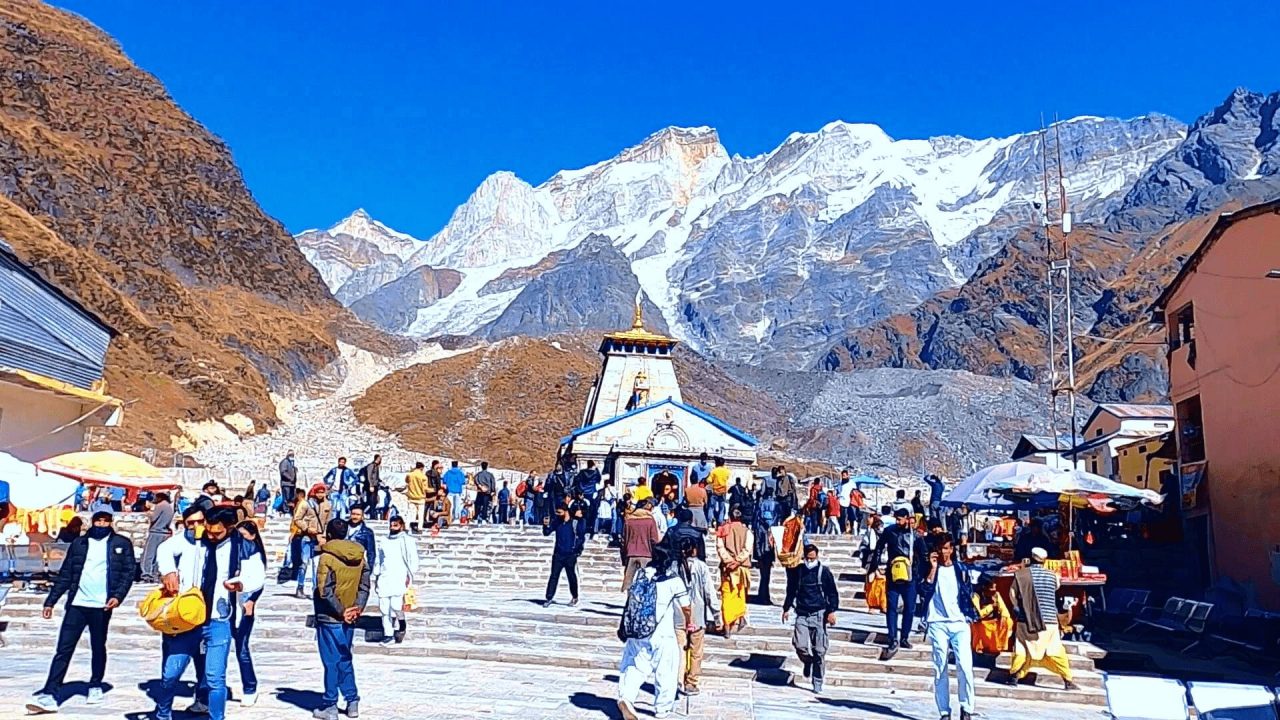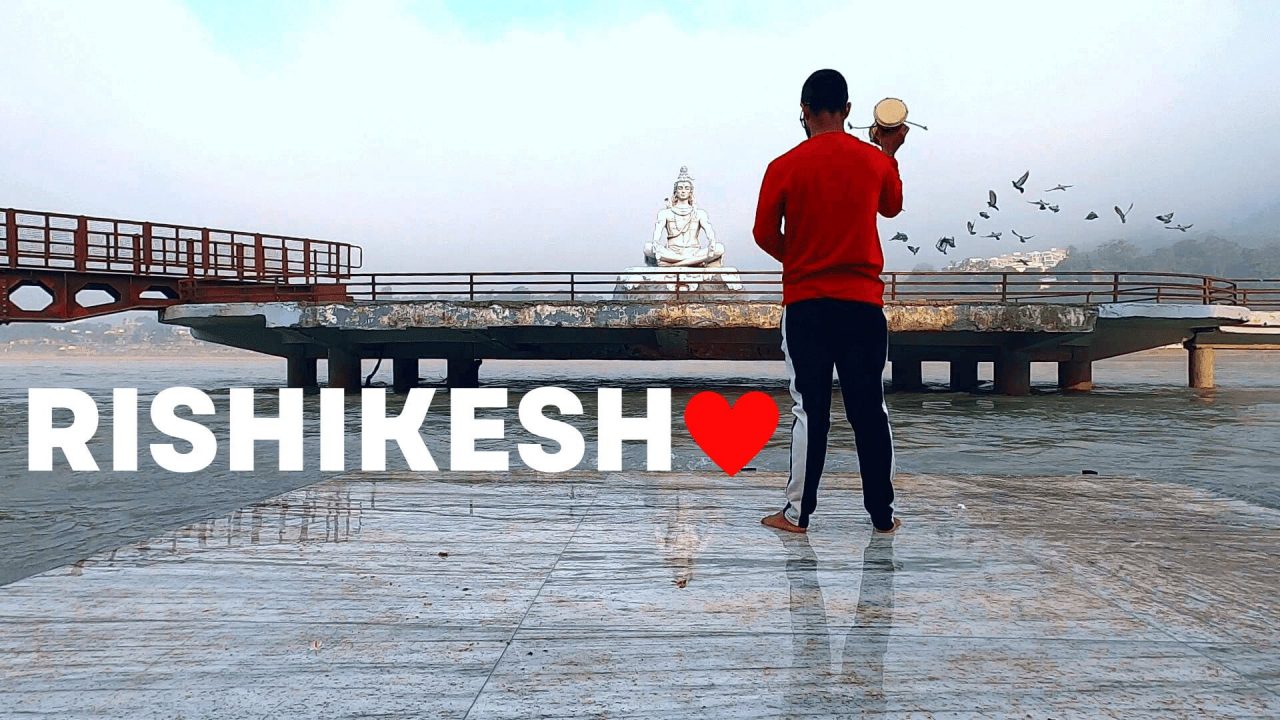Kedarnath Temple is one of the most famous temples of Lord Shiva. This temple is located on the Garhwal Himalaya ranges near the Mandakini river in the state of Uttarakhand, India. Due to extreme weather conditions, the Temple is only open between April (Akshaya Tritiya) and November (Karthik Purnima, Sharad Purnima). When the temple doors are closed during winter, the deity from the Kedarnath temple is taken to Ukhimath where the deity is worshipped for the next six months.

Kedarnath Temple is situated at an altitude of 3,583 meters (11,755 ft) at a distance of 223 km from Rishikesh on the banks of the Mandakini River, a tributary of the Ganga. It can be reached by climb of 24 to 25 kms from Gaurikund. It is one of the twelve Jyotirlinga and this temple is the highest among the 12 Jyotirlinga.

People come from far to visit Kedarnath temple. Some come by walking, some by Palki/Dandi or Mule/Ponies and some by helicopter. The temple is surrounded by beautiful views of huge snowy mountains and deep valleys, hence Kedarnath temple also attracts a lot of tourists.
A folk tale about Panch Kedar is related to the Pandavas, the heroes of the Hindu epic Mahabharata. In the epic Kurukshetra war the Pandavas defeated and killed their cousins - the Kauravas. They wanted to atone for the sins of brotherhood and killing of Brahmins during the war. Thus, he handed over the reins of his kingdom to his kin and set out in search of Lord Shiva and to seek his blessings.
First, they went to the holy city of Varanasi (Kashi), which is considered to be the favorite city of Lord Shiva and known for its Kashi Vishwanath temple. But, Lord Shiva wanted to avoid them because he was very angry with the death and dishonesty in the Kurukshetra war. Therefore, the Lord Shiva was insensitive to the prayers of the Pandavas. Then, he assumed the form of a bull (Nandi) and hid in the Garhwal region.
Not finding Shiva in Varanasi, the Pandavas went to the Garhwal region of the Himalayas. One of the five Pandava brothers, Bhim stood on the both mountains and started searching for the Lord Shiva. He saw a bull grazing near Guptkashi. Bhima immediately recognized the bull as Shiva. Bhima caught the bull by its tail and hind legs, but suudenly Lord Shiva in the form of a bull disappeared into the earth.

In Kedarnath as hump, in Tungnath as arms, in Madhyamaheshwar as navel, in Rudranath as face and in Kalpeshwar as hair and head.The Pandavas meditated at these places when Lord Shiva appeared in five different forms, performed yagyas and later built temples at all five places to worship Lord Shiva. Visiting Lord Vishnu at Badrinath Temple is an unwritten religious rite of passage after completing the pilgrimage to the darshan of Lord Shiva at the Panch Kedar temples.

Nearby Tourist Places
Chorabari Lake, also known as Gandhi Sarovar, Chorabari Glacier is a glacial lake at an altitude of 3,900 meters (12,800 ft). It is about 2 km upstream from the city of Kedarnath in the state of Uttarakhand, India.
Vasuki-Tal is quite big in size and trekking is also difficult. The total distance of Vasuki Tal trek is about 8 km from Kedarnath. The road from Kedarnath to Vasuki Tal is very narrow and a very difficult to climb. One has to cross Chaturangi Glacier and Vasuki Glacier to reach the lake.
Penya Tal, very few people have been here. The best time to visit the lake is in the months of May – June or September – October. The trek route to Penya Tal crosses the Kedarnath valley after Vasu Ki Tal further leads to Penya Tal.
Om Namah Shivaya, Har Har Mahadev
Video Suggestions
Blog Suggestions
Follow us




